Ike Jime Part. 1 – How to keep your fresh catch fresh
Cooking starts when you kill it.
Japanese people love fish by tradition. Sushi has been our tradition since the 10th century and it was originally a way to preserve fresh fish with salt and vinegar, also utilizing fermentation. In modern days, sushi chefs have explored to “age” fish. We know aging makes fish tastier than merely fresh. The fish is only gummy and tasteless when killed. It needs to be aged to bring out the flavor and the sweetness. But the proper preparation has to happen while fresh. The aging process happens from the time of killing.
Nowadays, the wisdom of sushi chefs trickled down, and there’s a routine which so many Japanese amateur anglers do every time they catch fish to keep them fresh and delicious. It is hardly known to the rest of the world. I’d like to share it.
Ike Jime – Close the fish alive –
The method is called “Ike-Jime”. Literally means “Close the fish alive.” It is a method to kill the fish in a way to keep it remarkably fresh and delicious for a longer period of time.
We don’t use the word “kill”. We say “close”.
Hmmm… I’m not sure why.
Maybe because we use the term as a process of cooking, rather than hunting.
Or maybe because it came from our Buddhism culture, which prohibits killing. We “close” the fish. We don’t “kill” … Does that make sense? Well, it’s a Zen thing.
Whatever the reasons, I use the term “close” here in respect to the tradition.
How to close the fish
There are 3 steps to close the fish, and there are some ways to store fish until you get home.
How to do it?
1. CLOSE THE FISH IMMEDIATELY
As soon as you catch a fish, close it immediately. Crash the brain. The best way to do is a stick of an icepick between and above the eyes. No mercy. Mercy would make it suffer even more.
The easiest way to spot the brain is to pull down the lower jaw wide open, and you see the edge of the skull sticking out just above the upper jaw. Place the stick at the hollow under the edge of the skull and stick right into the spine. When you reach the brain, the fish shows the electrical response. This way it’s easy to go into the spinal cord in Step 3. But it’s difficult to do this with some bottom fish with solid skull. Then I would first stick it 90 degrees to the forehead, and then point it up horizontally to reach the brain. You might need to move it around to find the spot where the fish flips and struggles, which is a neural reflex, and the mouth will be hung open.
With a smaller fish, you can also use the scissors, go under gill cover and cut the spine.
When you catch a tuna or dorado, the kind of fish that goes wild after landing, I would hit it hard in the head first. It will be very dangerous to approach these fish with anything sharp like your fishing hooks hanging from the mouth. Quiet down and then do the treatment.
You are probably starting to feel that this article is going to be pretty gross. But stay with me anglers. This is the closest way to fully appreciate the gifts from our mother ocean. We better not catch fish and ruin it in a bloody iced water.
How to do it?
2. DRAIN BLOOD
Blood is bad. Blood is where the fishy odor comes from. Blood is what incubates all the bacterias. Don’t wait. Drain blood as soon as you close the fish.
There are 4 gills on each side. Place the blade between #3 and #4, and cut toward the mouth. That will cut the major blood vessel.
Gill is where the blood gets reloaded with oxygen. It holds a lot of blood. When you cut it right, it drains lots of thick blood. It’ll be sufficient for draining. You don’t have to do it on both sides.
Leave the fish head down in a bucket with sea water at normal temperature for about 15 minutes. And then store it in the cooler box.
How to do it?
3. BREAK DOWN SPINAL CORD
This is the final secret.
Get yourself a 1mm stainless solid wire. Put it in the hole you made in the forehead in Step 1. Run the tip along the top side of the spine. The spinal cord is running along the upper side of the spine, the back side of the fish. The muscles vibrate like electrificated when you hit the spinal cord. Repeat to stick it in and out along the spine several times until the muscles show no reaction.
That will complete Ike-Jime.
You can also cut open the spine at the tail, and stick your wire from the tail. It might be easier because you can see where the spinal cord is.
Some people think the spine is hard to cut, but it’s really easy if you know where to cut. The spine is a series of small bones, vertebras. You just need to cut between the discs, no sweat.
This can be done before or after Step 2. I usually do it before draining blood.
This looks a bit wild, I know. I know the fish is not in pain. All that is a reflex. The brain is smashed already and the fish is dead. But I still have troubles watching while I’m doing it. I used to wish that the fish would die while I’m not watching. Then I got over with the icepick thing, and then with the blood thing. But not over this nerve thing yet. I always get ants in my pants and spiders in my neck.
But this indeed makes a big difference in the freshness and the taste.
How to store the fish
4. DON’T STORE IN WATER
Well, everyone knows you need to keep fish cooled to keep it fresh. Yes. I am not challenging that.
During the day you put your fresh caught fish in a cooler box with ice. By the time you come home, most of the ice has been melted and the fish is floating in the red water. But the water is still very cool with some ice left floating and the fish is stiff like it’s frozen. You would think, “It should have been cold enough.”
…Yes, it was cold enough. But the truth is that the fish could have been stored better.
Osmotic Pressure
Do you remember studying “osmotic pressure” at school?
The salinity concentration of ocean water is about 3.3%.
The living organism is about 0.9%.
Fresh water is 0%.
When you put fish in ocean water, it is not a problem. When you put fish in fresh water, the osmotic pressure sucks water into the fish body, which is a problem. It makes the meat soggy, decreases taste, and speeds up the decomposition.
Melted out of the ice is fresh water. You don’t want to let your fish soak in that water.
If the fish still has scales on and the skin is not broken, the damage is considered minimum actually. That’s why I don’t scale or cut open the belly until I get home. But I still wouldn’t like the idea of my fish being soaked in fresh water for hours.
Always keep fish from fresh water.
Cooling Rigor
The recent study shows it’s best to cool the fish from 5c to 10c degrees until rigor mortis completes, and then down under 5c degree after that. So for the day you catch fish, 5c to 10c degrees is best to keep your catch.
The reason is that 0c degree cooling contracts the fish body, which is called cooling rigor. And just like rigor mortis, it speeds up the aging process to decomposition.
You have just closed the fish to slow down that process. Cooling too much cancels what you just did.
If you keep to these codes, your catch will look and taste totally different on the table.
Extreme Ike-Jime Spike
Custom-made Ike-Jime Spike with extreme penetration and efficient closing. The best Ike-Jime Stick in the market, but very limited in production.
JPY5,940+
Lumica Ike-Jime Wire
A 80cm-long Ike-Jime wire, made of shape memory alloy. No matter how you store it, the wire is always straight when you close the fish. It has the ideal flexibility and jaggy surface for complete destroy of the spinal cord.
JPY1,440
Related Posts
16 Comments
Leave a Reply Cancel reply
Categories
- 1. SPJ (57)
- 1-1. Principles (9)
- 1-2. Techniques (11)
- 1-3. Setup (17)
- 1-4. FAQ (19)
- 1-5. Tackles (3)
- 1-6. Video Gallery (2)
- 2. Other Offshore Games (5)
- 3. Fishing Report (105)
- 3-1. Totos (25)
- 3-2. Readers (72)
- 4. Fish Cooking (19)
- 4-1. Iki-Jime (3)
- 4-2. The Art of Sashimi (5)
- 4-3. Recipe (7)
- 4-4. Seasoning (3)
- 5. Fishing Charter (6)
- Fish (12)

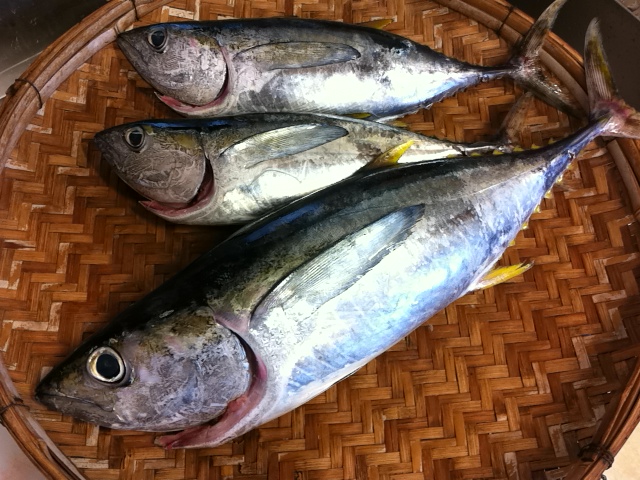
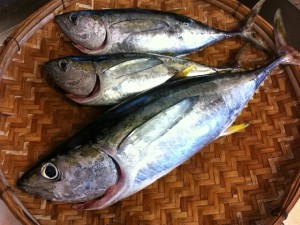
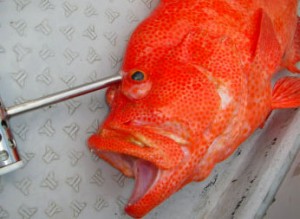
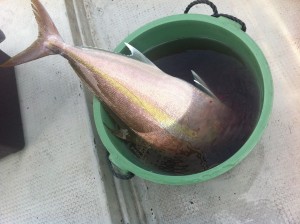
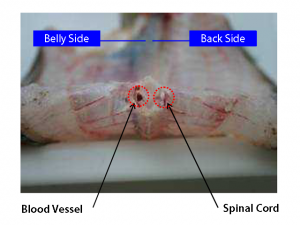
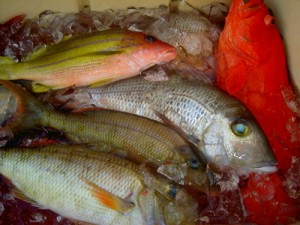
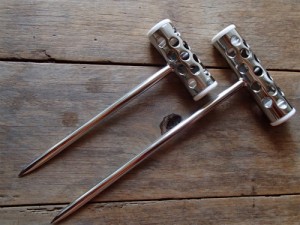
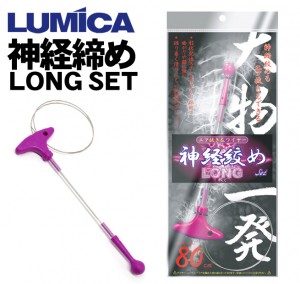
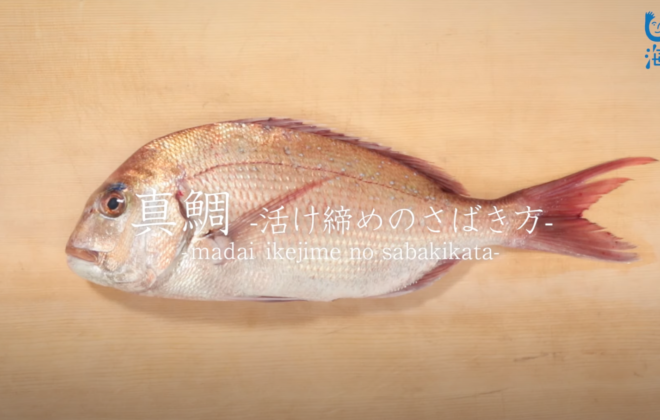
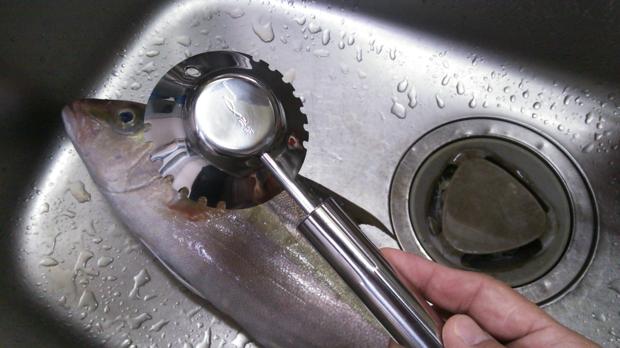
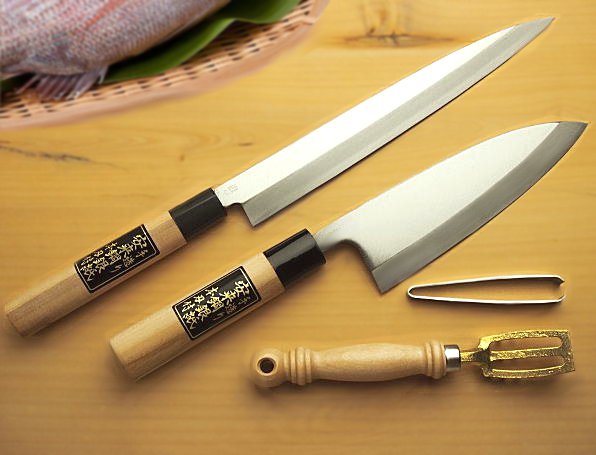
Is this “Ike Jime”?
Do you know Ike Jime too? Wow.
I haven’t written this article, but it’s coming soon.
I’m looking forward for this article, I’m really interested in this subject. I’ve been searching through the internet for a way of proper handling the fish. Start with the bleeding and then coming across with Ike Jime, but the knowledge is very limited. Which fish needs it, which does not? Interesting!
Got it Kitidas. This article will be completed in a few days. I’ll be giving you full information. Thank you for letting me know what information is needed.
[…] sharing, maaf kalo repost…. Ike Jime Part. 1 – How to keep your fresh catch fresh | Japanese Anglers Secrets Reply With Quote Share with […]
Great read, thanks for this article, will definitely try it! 🙂
[…] this IKE JIMI procedure on all the fish I catch and can really TASTE a big difference in the meat! http://anglers-secrets.com/v2020/how-to-keep-fish-fresh/ Len Finest Kind ] Reply Reply With […]
[…] based on scientific fact. Fascinating articles by a Japanese angler about these steps here: http://anglers-secrets.com/v2020/how-to-keep-fish-fresh/ and http://anglers-secrets.com/v2020/what-…s-to-the-fish/ Basic steps: 1) Need to kill the fish […]
[…] http://temaeitamae.jp/top/t5/e/handlefish.html http://anglers-secrets.com/v2020/how-to-keep-fish-fresh/ http://www.cookingissues.com/index.html%3Fp=1690.html […]
Thank you for sharing g this information . At what point the is it best to run the wire down the spinal cord, right after ike jime of brain or some other time?
Hi Terry.
It’s a good question. I would say anytime within 15 minutes after catch.
The first thing you should do is to crash the brain. Some people do breeding next, before spinal cord. They believe they should breed while the heart is still pumping.
But I do the spinal cord before breeding. Because sometimes I see the fish jumps around while breeding if I don’t. And this is exactly why we break spinal cord as this jumping behavior is a part of rigor mortis and it really breaks the meat and consumes amino acids.
[…] on the traditional Japanese IKI JIMI procedure. Check out this info about it's benefits here: http://anglers-secrets.com/v2020/how-to-keep-fish-fresh/ and here: http://anglers-secrets.com/v2020/what-…s-to-the-fish/ IKI JIMI – it's not just for Big […]
[…] […]
[…] […]
Hi Totos
Is it something efficient to pass the wire to brake the spinal cord, even a couple of minutes (15m) after the fish died suffocated?
Thank you Daniel
Hi Daniel.
It’s best to do Ike-Jime “while the fish is alive”. But it’s better to do it than not doing it. Not just the spinal cord destruction, bleeding makes a great difference at the finish. The spinal cord destruction can loosen the blood vessels for efficient bleeding. So, I encourage you, before asking that question, you should try to close it while it’s alive. I know sometimes it’s difficult when the fishing becomes a frenzy. But even in that frenzy, I always take time (it’s only 1 minute) to close the fish I catch before I go onto the next. I don’t care for mass-production. I care for quality eating. These fish die for you. You should respect the life they are offering. Don’t let them suffer.
But if you ever miss the opportunity, try to do Ike-Jime before rigor motis.